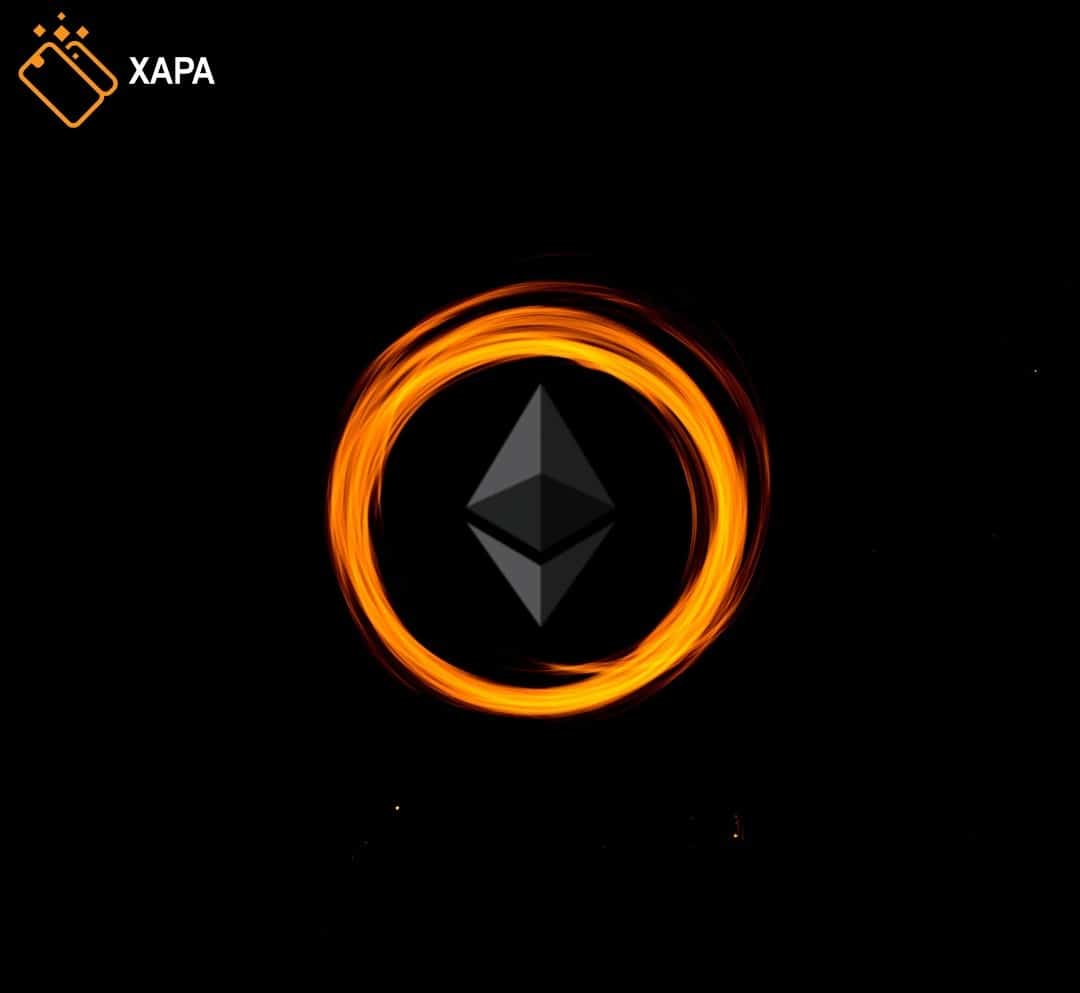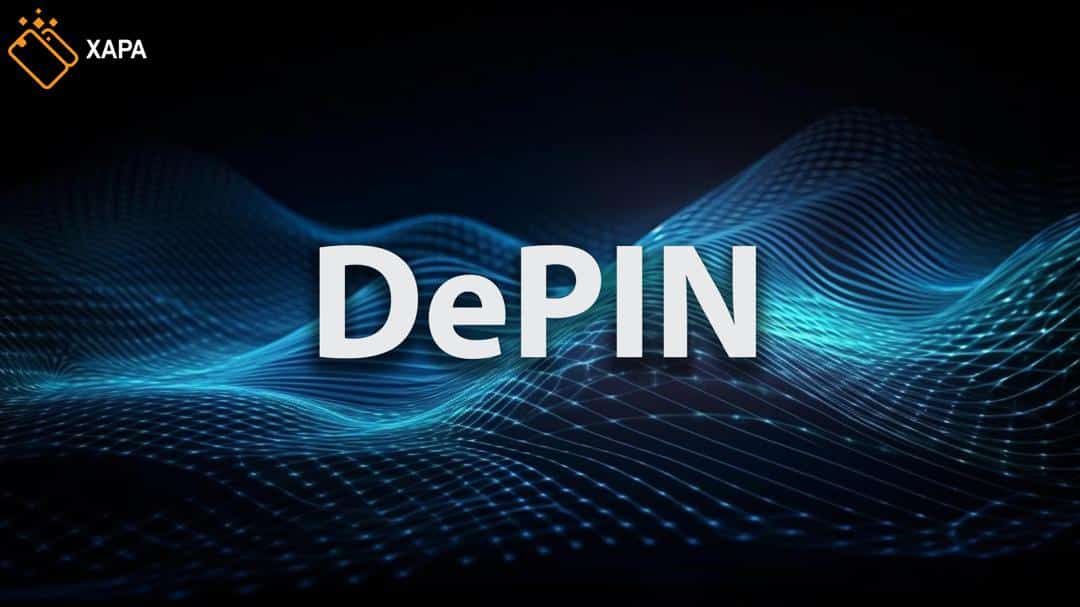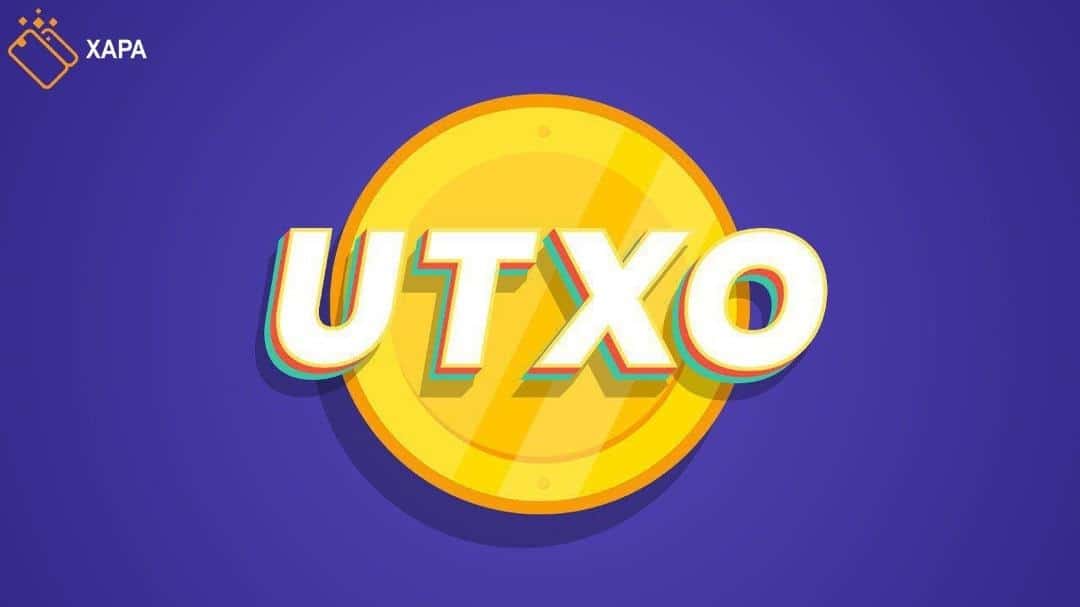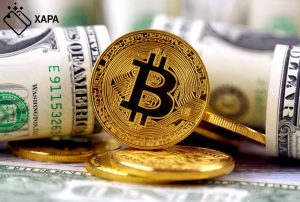
How Is Crypto Removed From Circulation? And Why?
Have you ever heard about cryptocurrency or token burning? It is more or less
comparable to setting cash on fire, but has nothing to do with lighting a match. In fact,
the process is a little bit more complex. But why would a crypto project ever want to
burn and destroy its own tokens? We will explore the reasons below.
What is cryptocurrency burning?
Cryptocurrency or token burning is the act of sending digital assets somewhere they can
never be retrieved –a wallet address outside of the network that cannot be used for
transactions other than receiving coins- also known a burn address. By doing so, digital
assets are effectively locked up for eternity and therefore, removed from circulation.
Burn addresses, also referred to as eater addresses are, in practical terms, locks that
have no keyhole, and since they do not have a private key attached to them, they
cannot be accessed by any means.
It is all about supply and demand. By burning tokens and removing them from their
overall supply, the price of the ones still in circulation can increase. In other words, if
there is less of a cryptocurrency available in the market than there is demand for it, it is
more likely to command a higher price when traded. Oppositely, if there is too much of
the asset in the market that does not meet the demand for it, the asset is more likely to
see a gradual fall in price. So, by burning a certain number of tokens and reducing their
total supply, protocols break the balance between supply and demand, moving the price
upwards.
Why do they burn tokens?
Why do companies buy back their own shares? Exactly! To absorb the cost of stocks and
return the value to investors. Crypto projects are no different, but one thing that is
different about burning tokens is that it does not always have an immediate effect as
there are other factors that could have a more outsized effect on any price movement,
such as investor sentiment, news or other competing cryptocurrencies.
Take as an example the second largest cryptocurrency by market cap, Ethereum.
Ethereum uses burn mechanics as a means of transitioning users from proof-of-work
over to its new proof-of-stake network. It burns Ethereum gathered from fees related
with verifying transactions on the network, thanks to its latest network update, EIP-
1559. Since its introduction in August 2021, EIP-1559 has burned around $2.9 billion in
Ethereum (2.5 million ETH) to date, according to data from Watch the Burn.
Follow Xapa on social media and stay tuned for more!





